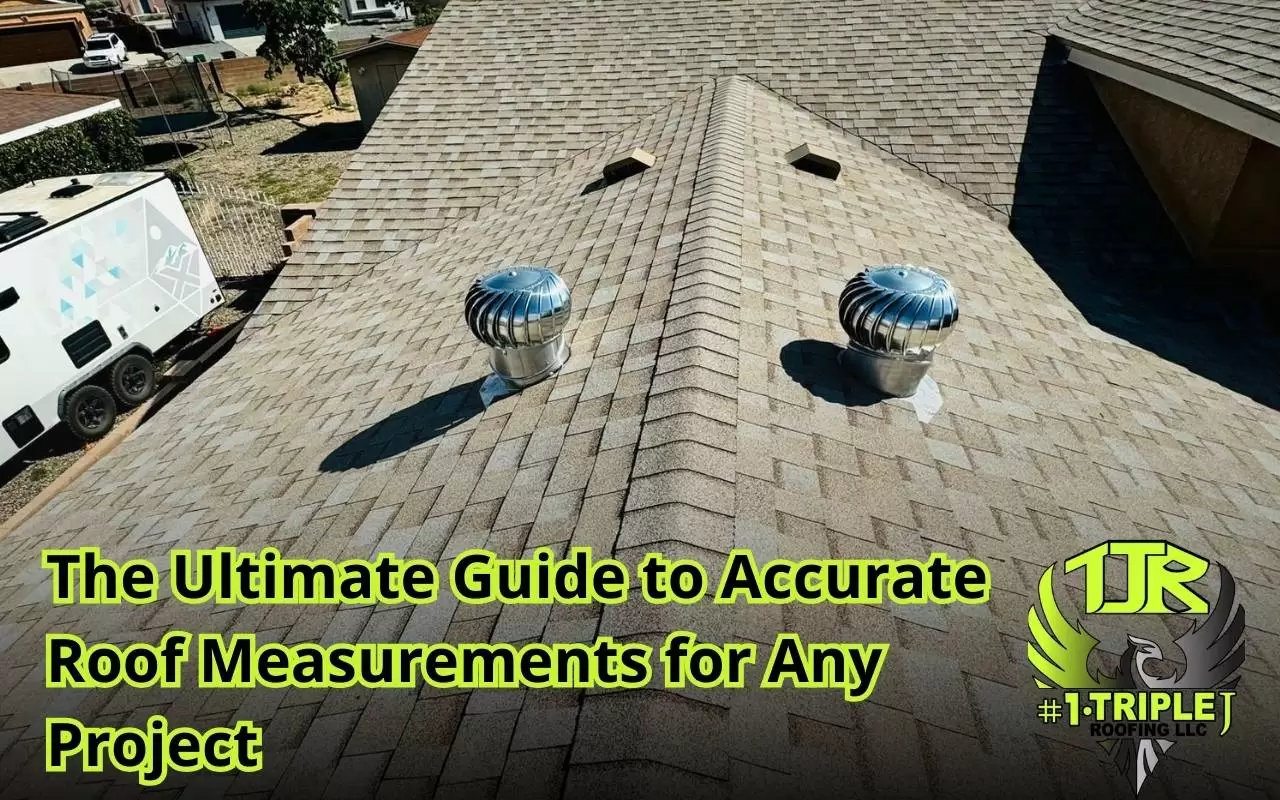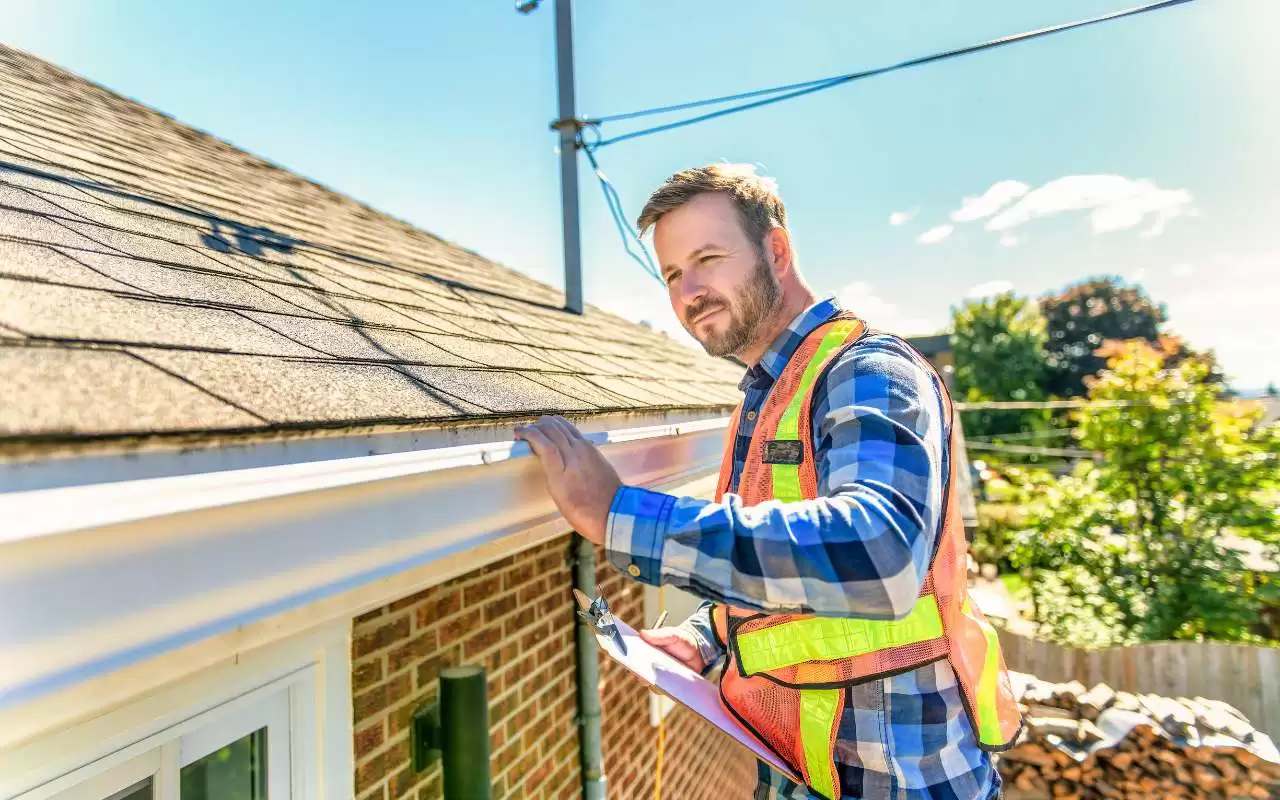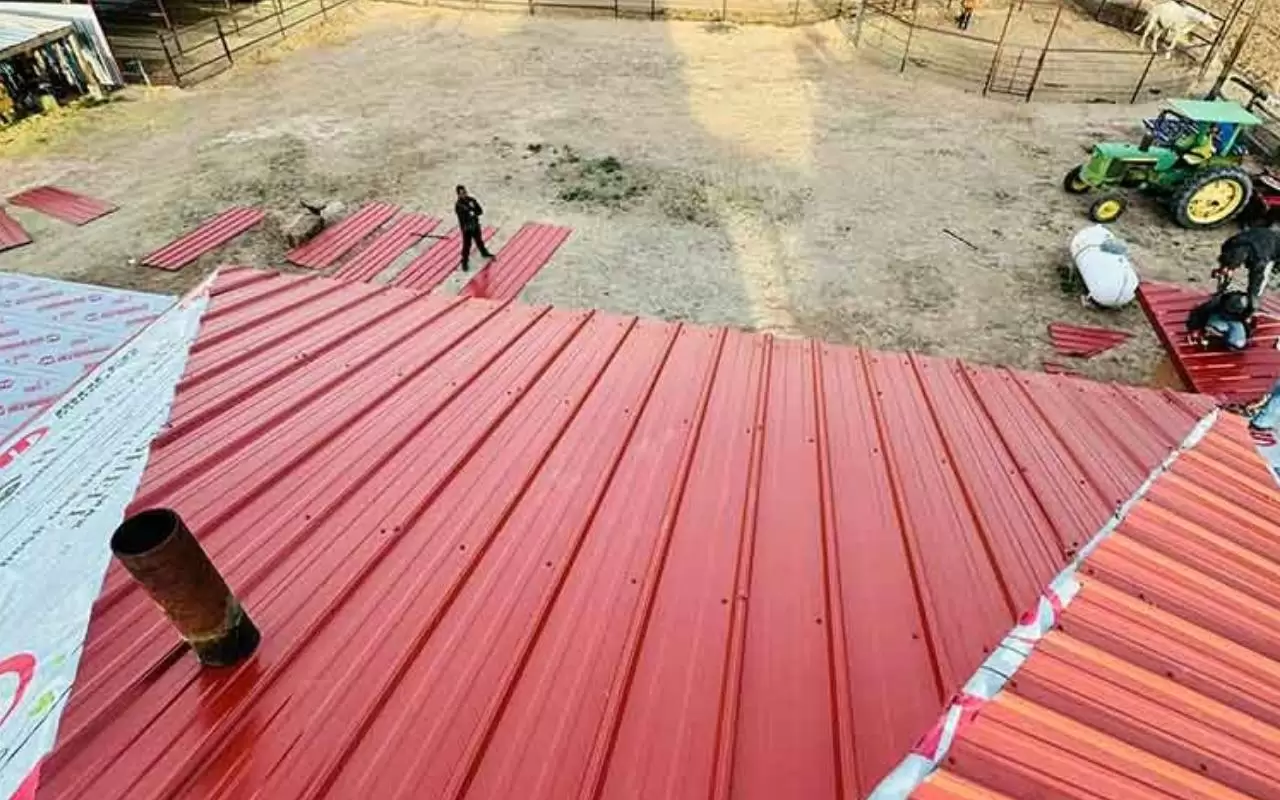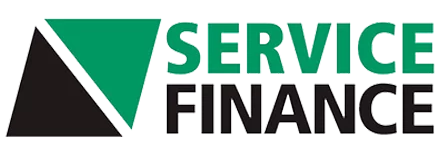
The Ultimate Guide to Accurate Roof Measurements for Any Project
Imagine standing at the base of a towering structure, craning your neck as you gaze up at the intricate patterns of a roof. It’s a mesmerizing sight, but beneath its aesthetic appeal lies a critical component of construction: accurate roof measurements.
Inaccuracies in this area can lead to budget overruns and structural issues that compromise safety. This is why mastering precise roof measurements is essential for any builder, architect, or DIY enthusiast.
In this guide, we explore techniques that ensure precision with every tape measurement or laser tool reading. Whether you’re tackling a home renovation or a commercial development, understanding roof calculations makes a huge difference.
We’ll cover various methods, common pitfalls, and provide knowledge to approach roofing projects confidently. Grab your tools and elevate your roofing expertise to professional standards.
Importance of Accurate Roof Measurements
Accurate roof measurements are the foundation of every successful roofing project. From selecting materials to ensuring precise cuts, proper calculations reduce waste and errors.
When roof measurements go awry, contractors may order too much material or too little, causing delays as additional supplies are procured. Beyond financial implications, incorrect dimensions can compromise structural integrity.
Moreover, accurate roof measurements ensure safety and compliance. Building codes often stipulate specific dimensions for overhangs, ventilation, and load capacity. Miscalculations can result in failed inspections or hazards during severe weather.
Whether you’re a DIY homeowner or contractor, recognizing the importance of meticulous roof measurements is the first step toward a durable, code-compliant installation.
Tools and Equipment for Roof Measurements
- Traditional Tape Measures: Affordable and reliable for linear measurements up to 100 feet.
- Telescoping Measuring Poles: Measure heights safely from ground level without climbing ladders.
- Laser Distance Meters: Measure distances up to 300 feet with pinpoint precision, saving time and reducing errors.
- Digital Inclinometers: Calculate slopes accurately for optimal roof performance and durability.
- Drones for Aerial Imaging: Provide detailed aerial assessments, complementing other measurement tools.
Understanding Roof Pitch and Slope
Roof pitch and slope are often used interchangeably but have distinct definitions affecting material choice and installation. Roof pitch refers to the ratio of vertical rise to horizontal run, commonly expressed as “4-in-12” or “6-in-12.”
This means the roof rises 4 or 6 inches for every 12 inches of horizontal distance. Understanding pitch is essential when ordering shingles or panels, as manufacturers specify products for particular pitch ranges.
Another way to describe slope is in degrees. Steeper slopes shed water and snow efficiently but require specialized safety equipment. Shallower slopes may need water-resistant underlayment. Mastering these concepts ensures accurate roof measurements for any project.
Types of Roofing Materials and Their Measurement Considerations
Different roofing materials have unique measurement requirements that affect waste calculation and installation. Asphalt shingles cover a fixed square footage—typically three bundles per roofing square.
Accurately measuring your roof’s area in squares and considering overlap minimizes wasted bundles. Metal panels run the full length of the roof, so precise measurements ensure seamless alignment. Clay or concrete tiles require consideration of weight per square foot for support structures. Accurate roof measurements prevent supply shortages and excess material on-site.
Calculating Waste and Overages for Roofing Materials
When ordering supplies, anticipating waste is as important as calculating base needs. Waste factors vary depending on roof complexity, material type, and installer experience. Straight-run roofs may need a 5–10% waste allowance, while roofs with valleys, hips, or dormers require 10–20% extra.
To calculate overages, determine the total roofing area in squares (divide square footage by 100), then multiply by the waste percentage. For example, a 20-square roof with 15% waste requires 23 squares. Documenting these calculations ensures smoother procurement cycles. Including waste in your roof measurements plan avoids last-minute rush orders.

Utilizing Technology for Precise Roof Measurements
Advancements in technology have transformed how professionals perform roof measurements. Drone surveys and photogrammetry software generate 3D models capturing every ridge and slope with centimeter-level precision. Mobile apps integrated with laser distance meters allow real-time data syncing between field and office.
Cloud platforms store project history, ensuring consistency across teams. This combination of hardware and software streamlines workflows, reduces human error in roof measurements, and enhances collaboration between estimators, installers, and project managers.
Common Mistakes to Avoid in Roof Measurements
- Neglecting Roof Features: Overlooking chimneys, skylights, and vents causes inaccuracies.
- Ignoring Slope Changes: Dormers or transitions skew material estimations if slope variations are ignored.
- Exclusive Reliance on Manual Methods: Tape measures alone may give distorted readings.
- Underestimating Waste Factors: Not factoring in waste results in insufficient supplies.
- Disregarding Edge and Valley Treatments: Missing these details affects material estimations and roof longevity.
Using modern technology alongside traditional methods ensures precise roof measurements for successful installations.

Mastering the Art of Accurate Roof Measurements
Mastering accurate roof measurements requires practice, attention to detail, and the right tools. Create a standardized checklist covering pitch, ridges, valleys, flashing locations, and penetrations. Use tape measures for linear dimensions and supplement with laser distance meters for hard-to-reach areas.
Record every measurement twice and cross-verify with digital models or drone surveys. Continuous learning is key—attend workshops and network with experienced professionals. Experts at Triple J Roofing LLC provide practical insights.
Integrating traditional methods with cutting-edge technology elevates your roofing projects—ensuring precision, efficiency, and client satisfaction. For more assistance, contact the team at Triple J Roofing.
FAQs
Why are roof measurements so critical?
They ensure proper material ordering, structural integrity, compliance with building codes, and reduce waste.
What tools provide the most accurate roof measurements?
Laser distance meters, digital inclinometers, and drones offer high precision. Traditional tape measures remain useful for linear dimensions.
How do pitch and slope affect measurements?
Pitch determines rise over run and affects material choice. Slope in degrees impacts safety requirements and water drainage efficiency.
Can technology replace manual measurement methods?
Technology improves accuracy and efficiency, but combining it with manual methods ensures comprehensive roof measurements.
How do you calculate material waste?
Estimate the total area, then multiply by a waste percentage (usually 5–20%) depending on roof complexity and materials.
Can I measure my roof by myself?
Yes, you can measure your roof with simple tools and safety precautions. However, for steep or complex roofs, consider hiring a professional.
How often should I measure my roof?
It’s not about frequency but necessity. Measure before any new roofing project or if you suspect damage.
Next Steps for Your Roofing Project
Ready to start your project with confidence? Learn more about TPO roofing solutions or explore our roof installation services today.


